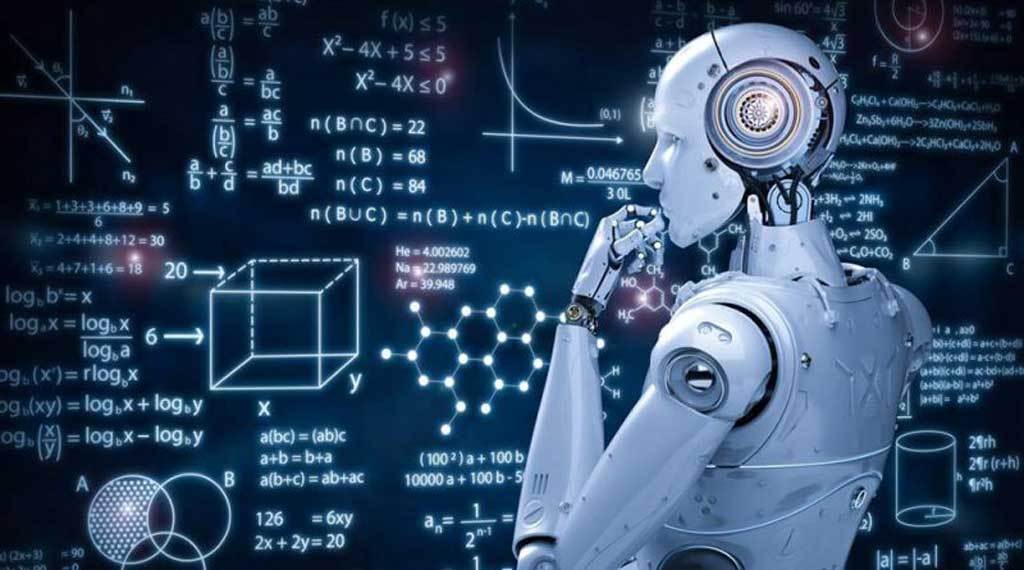Toyota's Woven City, a groundbreaking project aimed at revolutionizing urban living, is poised to open its doors, marking a significant step towards realizing a futuristic vision of human-centered, technologically advanced, and sustainable communities. This ambitious endeavor, spearheaded by Toyota Motor Corporation, envisions a fully connected ecosystem where robotics, artificial intelligence (AI), and autonomous vehicles seamlessly integrate into daily life, creating a living laboratory for innovation and progress.
The Woven City is not just another smart city concept; it represents a fundamental shift in how we approach urban planning and development. Unlike traditional cities that evolve organically over time, Woven City is being built from the ground up, allowing for the deliberate integration of cutting-edge technologies and sustainable practices. This "clean slate" approach provides a unique opportunity to test and refine new solutions in a real-world environment, accelerating the development and deployment of innovations that can improve the quality of life for people around the globe.
Phase 1 construction was completed in October 2024 and, according to Toyota's announcements at CES 2025, the official launch is planned for this autumn. Located at the base of Mount Fuji on the site of a former Toyota manufacturing plant, the 175-acre project will initially house around 100 residents, primarily Toyota employees and their families, before expanding to accommodate approximately 360 residents in Phase 1. Ultimately, the city is designed to support a population of around 2,000 people, including researchers, engineers, and partner companies, fostering a collaborative environment for co-creation and experimentation.
The name "Woven City" reflects Toyota's vision of weaving together different aspects of urban life – people, buildings, and vehicles – through a network of connected technologies. The city's design incorporates three types of streets: one for faster, autonomous vehicles, one for pedestrians and slower personal mobility devices, and one exclusively for pedestrians in a park-like setting. This innovative street design aims to optimize traffic flow, minimize accidents, and create a safe and enjoyable environment for all residents. Toyota's e-Palette vehicles, multi-purpose, self-driving shuttles, will provide on-demand transportation, delivery services, and even mobile retail spaces, transforming the way people move and interact within the city. Underground tunnels will further enhance efficiency by handling goods transportation and waste management, keeping surface streets clear and pedestrian-friendly.
Sustainability is a core principle of Woven City. Buildings are primarily constructed from wood, reducing the city's carbon footprint, and feature rooftop solar panels and hydrogen fuel cells for renewable energy generation. Toyota plans to utilize hydrogen, a fuel it has long championed, as a primary energy source, with excess energy stored in solid-state batteries. The city's design also prioritizes green spaces, with native vegetation and rooftop gardens integrated into the urban landscape. Smart water recycling systems and efficient power distribution further minimize environmental impact. Woven City is designed to be a "living laboratory" where residents can test and develop technologies like autonomous systems, robotics, personal mobility, smart homes, and artificial intelligence in a real-world setting.
AI will play a central role in managing the city's operations, optimizing energy use, managing traffic flow, and even suggesting improvements to residents' daily routines based on their habits. Smart homes equipped with sensors will monitor air quality, track occupants' health, and provide personalized assistance through in-home robotics. Toyota is also creating a digital twin of Woven City, a real-time virtual replica that allows planners to simulate changes and test new solutions before implementing them in the physical world.
While Woven City holds immense promise, it also faces several challenges. Ensuring data privacy and security in a highly connected environment is paramount. The scalability of the project and its applicability to existing urban environments remain to be seen. It is also important to consider how such a controlled environment can truly reflect the complexities and unpredictable nature of real cities. Despite these challenges, Toyota's Woven City represents a bold and ambitious vision for the future of urban living. As it prepares to open its doors, the world watches with anticipation, eager to see how this pioneering robotic urban center will shape the future of mobility, sustainability, and human-machine coexistence.

















